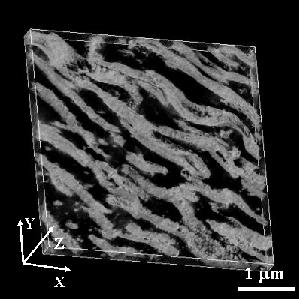2 巻
選択された号の論文の10件中1~10を表示しています
- |<
- <
- 1
- >
- >|
Regular Article
-
2006 年2 巻 p. 1-6
発行日: 2006年
公開日: 2006/06/25
PDF形式でダウンロード (1834K) -
2006 年2 巻 p. 7-12
発行日: 2006年
公開日: 2006/06/25
PDF形式でダウンロード (3530K) -
2006 年2 巻 p. 13-19
発行日: 2006年
公開日: 2006/06/25
PDF形式でダウンロード (2173K) -
2006 年2 巻 p. 20-24
発行日: 2006年
公開日: 2006/06/25
PDF形式でダウンロード (1572K) -
2006 年2 巻 p. 25-30
発行日: 2006年
公開日: 2006/06/25
PDF形式でダウンロード (1077K) -
2006 年2 巻 p. 31-36
発行日: 2006年
公開日: 2006/06/25
PDF形式でダウンロード (150K) -
2006 年2 巻 p. 37-41
発行日: 2006年
公開日: 2006/09/15
PDF形式でダウンロード (488K) -
2006 年2 巻 p. 42-46
発行日: 2006年
公開日: 2006/09/15
PDF形式でダウンロード (188K) -
2006 年2 巻 p. 56-61
発行日: 2006/09/01
公開日: 2006/12/25
PDF形式でダウンロード (680K)
Review Article
-
2006 年2 巻 p. 47-55
発行日: 2006年
公開日: 2006/09/15
PDF形式でダウンロード (182K)
- |<
- <
- 1
- >
- >|

